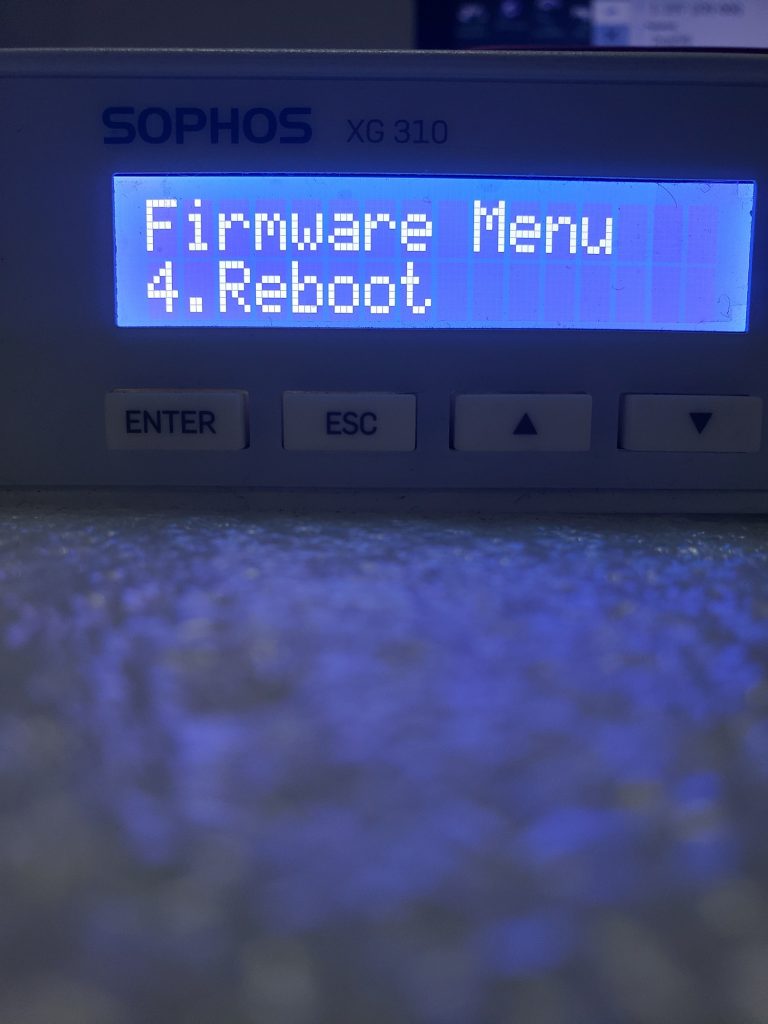Briggs and stratton quantum service manual. Overview
- Zabbix Sophos Xg Update
- Zabbix Sophos Xg 4
- Zabbix Sophos Xg Free
- Zabbix Sophos Xg Pro
- Zabbix Sophos Xg Snmp
The article introduces how to configure DNAT with Load Balancing for outside client can connect to Web Servers
Diagram
How to configure
Identifier for 2 Web server
- Navigate to Hosts and Services -> Choose IP Host -> Click Add
- Name
- In IP Version: Choose IPv4
- In Type: Choose IP List
- In List of IP Address: Enter the IP Addresses of 2 web servers
-> Click Save
Create DNAT rule Dsxpnm serial interface.
Sophos XG Firewall Popular SNMPv2 template for XG series Sophos Firewall 56 static items and 45 triggers + discovered interface items and triggers It using (linked) default zabbix templates: Template Module Generic SNMPv2 (Temlate Module ICMP Ping) Template Module Interfaces. Grafana.com provides a central repository where the community can come together to discover and share dashboards. Sophos (XG) Firewall. I want to moniter sophos firewall xg 500 with zabbix server, how to connect through snmp. This thread was automatically locked due.
- Rules and policies -> Choose NAT rules -> Click Add NAT rule -> New NAT rule
- Enter name for DNAT rule
- In Rule position: Choose Top
- In Original source: Choose Any
- In Original destination: Choose WAN port
- In Original service: Choose HTTPS
- In Translated source (SNAT): Choose Original
- In Translated destination (DNAT): Choose webservers which was created before
- In Translated service (PAT): Choose Original
- In Inbound interface: Choose WAN port
- In Outbound interface: Choose Any
- In Load Balancing method: Choose 1 on 5
- Round-robin: Requests are served sequentially, starting with the server next to the previously assigned server. Use it when you want to distribute traffic equally and don’t require session persistence.
- First alive: Incoming requests are served to the primary server (the first IP address of the range). If the primary server fails, requests are forwarded to the next server and so on. Use it for failover.
- Random: Requests are served randomly to the servers with equal load distribution. Use this when you want equal distribution and don’t require session persistence or order of distribution.
- Sticky IP: Traffic from a specific source is forwarded to the mapped server. Use this when you want the requests to be processed by the same server.
- One-to-one: Requests are sent to the mapped IP addresses. The IP addresses of the original and translated destinations must be equal in number.
- In Health check to check server
-> Click Save
Overview
Zabbix is an open source enterprise software that monitors networks and applications
It is designed to help network administrators monitor and monitor the status of other network services, servers and network hardware intelligently to ensure the system is always stable
How to configure
Zabbix Sophos Xg Update
Step 1: Install Apache2/httpd
- Install httpd
- After installing the httpd service, run the start command to “open” the service and enable the service to “run smoothly”
- To make sure httpd is running on CentOS, we use the following command: # netstat -plntu
Step 2: Install and configure PHP on CentOS 7
- Add the webtatic and EPEL repository to the system
- Install PHP packages from the webtatic repository using yum: # yum -y install mod_php72w php72w-cli php72w-common php72w-devel php72w-pear php72w-gd php72w-mbstring php72w-mysql php72w-xml php72w-bcmath
- Edit file vi /etc/php.ini
- Enter i to insert or edit the values
- You have to make sure that the value fields change do not have the # or the (;) in front
- After finished running, we will restart the httpd service
Step 3: Install and configure MariaDB
- Install mariadb-server with the command below
- After successful installation, you run the command like the above httpd service is “start” and “enable”

- Configure password for root MariaDB
- Here we have created MariaDB database and finished configuring the root password for Database
- Create a database to install Zabbix
- In this example will create a database called ‘zabbix’
Step 4: Install and configure Zabbix
- This step is the step of installing and configuring Zabbix (Zabbix-server and Zabbix-agent)
- Install Zabbix Packages:
- # yum -y install http://repo.zabbix.com/zabbix/3.4/rhel/7/x86_64/zabbix-release-3.4-1.el7.centos.noarch.rpm
- # yum -y install zabbix-get zabbix-server-mysql zabbix-web-mysql zabbix-agent
- Enter the path: cd /usr/share/doc/zabbix-server-mysql-…………./
- The above folder may change depending on your mysql version, it is best to click the zabbix-server tab to point the correct path
Zabbix Sophos Xg 4
- Import the sample database into the “zabbix” database with the command: # mysql -u root -p zabbix < create.sql
- Configure Zabbix Server
- # vi /etc/zabbix/zabbix_server.conf
- DBHost=localhost
- DBPassword=password declared for database
- After start and enable
- Configure Zabbix Agent
- # vi /etc/zabbix/zabbix_agentd.conf
- Declare the values below
- After start and enable
- Install firewall service
- After start and enable
- Open http and https ports for Zabbix-server and Zabbix-agent (port 10051 and 10050)
Step 5: Zabbix Initial Setup
Zabbix Sophos Xg Free
- vi /use/lib/systemd/system/zabbix-server.service
- Delete the line TimeoutSec=xxxxx

- Next, run 2 commands
- Then run 3 commands below
- Access to web interface’s zabbix server
Zabbix Sophos Xg Pro
- Finish
- Login with default user ‘admin‘ and password ‘zabbix‘
** If you have difficulty in configuring Sophos products in Viet Nam, please contact us:
Hotline: 02862711677
Email: info@thegioifirewall.com
Zabbix Sophos Xg Snmp
YOU MAY ALSO INTEREST
